More than 225,000 passengers have used Kintore’s £15 million train station since it opened three years ago — but has it made a difference to the town?
The original station was shut down in 1964 as part of the notorious Beeching cuts.
After decades of campaigning, the first passengers in 56 years boarded trains in the Aberdeenshire town on October 15 2020.
Just a stone’s throw from the town centre, trains between Inverness and Aberdeen have been rolling to a stop at the new station ever since.
And three years on, 225,609 passenger journeys have been made since the Kintore station was opened.
Read on to find out:
- If local business owners think the station was a worthwhile investment
- How the train station has benefitted Kintore
- A breakdown of the passenger numbers over the three years
- And what’s next for community train stations in Aberdeenshire
‘My kids would rather pay train fare than get free bus to Aberdeen’
Margita Corney, owner of the Crafty Cafe, believes the train station has benefitted the Garioch community.
While sitting labelling some of her festive ornaments this week, Margita explained she has noticed a lot of people taking the train into Aberdeen instead of driving in since the station opened.
She has also found more people visiting Kintore to have a look around using the trains to get there from Aberdeen.
Margita added: “I know my kids are using it, they prefer using it to the bus even though they can get the bus for free. They’d rather spend their own money buying a ticket for the train than go by bus.
“When I asked my 17-year-old about it, he said it takes twice as long on the bus and he says he prefers the train because it’s cleaner, it’s bigger, and it’s much nicer.”
Kintore train station ‘much better used than some expected’
Carole Taylor, owner of the shop Sustainable Roots, also thinks the train station has been a worthwhile investment for Kintore.
She told me her and her colleagues had recently had their staff night out in Aberdeen and went by train so they didn’t need to worry about getting back earlier or paying for a taxi home.
Her family also use it to get to Union Square for shopping trips or to go to the cinema because it’s so direct and regular.
Carole described it as a “sensible mode of transport” and said if she still worked in the city she would use it to commute to work.
“It’s made a big difference,” she added. “And it is much better used than some people expected it to be.
“The car park is always full of commuters and because parking is free people aren’t restricted.”
Emma McLean from Dossett Butchers says that although she thinks the station has made a difference to Kintore, she hasn’t noticed a big difference for the family-owned shop.
She says more people are leaving their cars to take the train, including her dad and brother who often take it instead of driving.
Emma told me the train is a great option for her brother because he can take his dog onboard when he wants, but couldn’t do the same on the bus.
She finished: “I think it’s great and we were all in favour of it. It has everything you would need and it can only do good for Kintore.”
How many passengers have used the Kintore train station?
In the first year of the railway station opening, we reported more than 36,000 passengers used the train.
At the time, it was thought lockdown and travel restrictions significantly impacted passenger numbers, but everyone had high hopes that more and more people would use the service once things returned to normal.
And last year, there was a surge in passenger journey numbers bringing the total number to more than 113,000.
This year, there were 106,407 passenger journeys, indicating that more and more people are looking to trains as a way of getting about.
Phil Campbell, customer operations director at Scotrail, said: “It’s great to see increasing numbers of people choosing rail travel to and from Kintore. These encouraging numbers are a testament to the hard work of our people in delivering a safe and reliable railway.
“Our focus is on building on this success to encourage more people to travel by train instead of using the car, particularly during our off-peak all-day fares trial.”
Campaigners ask: ‘Where next?’
Jordan Jack, spokesman for the Campaign for North East Rail (CNER) said despite opening in “difficult circumstances” during the pandemic, the station has become a “key part of the fabric” of the town.
The campaigners are pushing for Cove and Newtonhill to be reconnected to the rail network, just as Kintore was in October 2020, to transform travel across the north-east.
Jordan said: “This connection is delivering so much for the local community, and the continued demand shows the desire for new rail in Aberdeenshire.
“Three years on from the newest rail station in our region, we should be asking where next? Newtonhill and Cove Bay are no-brainers, and CNER is working foot to the floor to make Ellon, Peterhead, Fraserburgh, and stations in between, a reality.
“Kintore is another success story to add to the list, if you want your community to be next, get loud, contact your councillors, get in touch with CNER, and help us pile on the pressure.”
What facilities does Kintore station have, and what are the services like?
The £15 million station has two large car parks, with 168 spaces and a 24-strong bank of electric car charging points.
A large bike storage rack means people can cycle to the station, while the two platforms are fully accessible.
Some of the original features from the old 1854 station taking pride of place, like the accurately restored blue-painted signs and two refurbished benches.
Scotrail currently operates 38 services from Kintore to Aberdeen and 35 services from Kintore to Inverurie on a typical weekday.
What’s the cost and time difference between a train and a bus?
From Kintore to Aberdeen:
- A train takes 19 minutes on average and a return journey costs £7.70
- A bus could take longer than 40 minutes with returns costing around £8.60
From Kintore to Inverurie:
- A train only takes 7 minutes and a return costs £6
- A bus could take 20 minutes and the cheapest return comes to £6.90
Campaign for North East Rail throws weight behind Cove and Newtonhill station plans
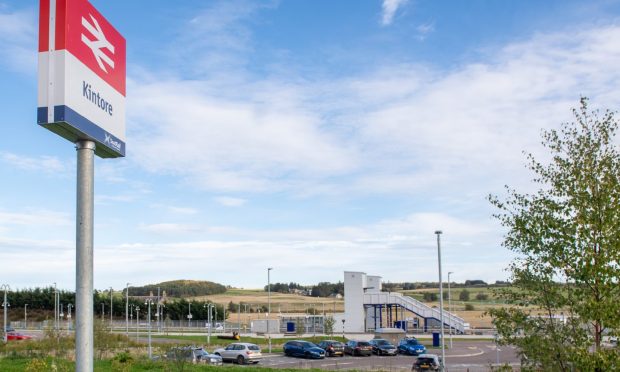
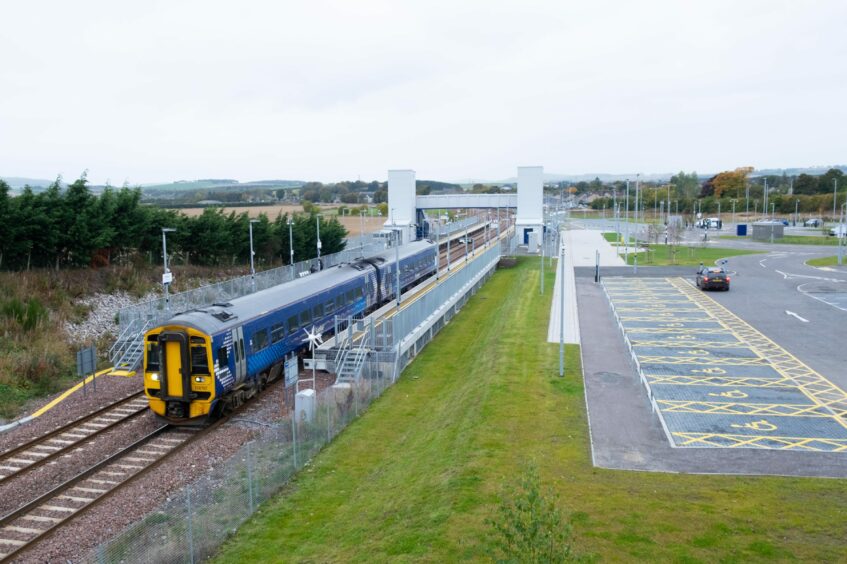

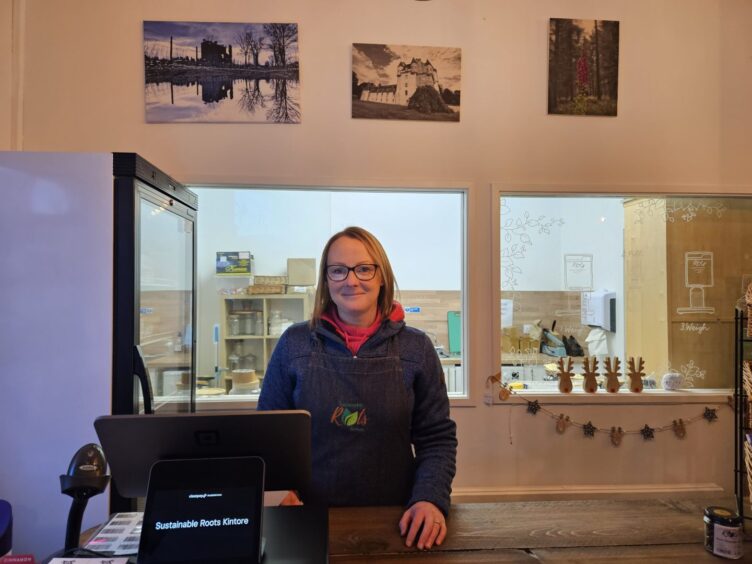
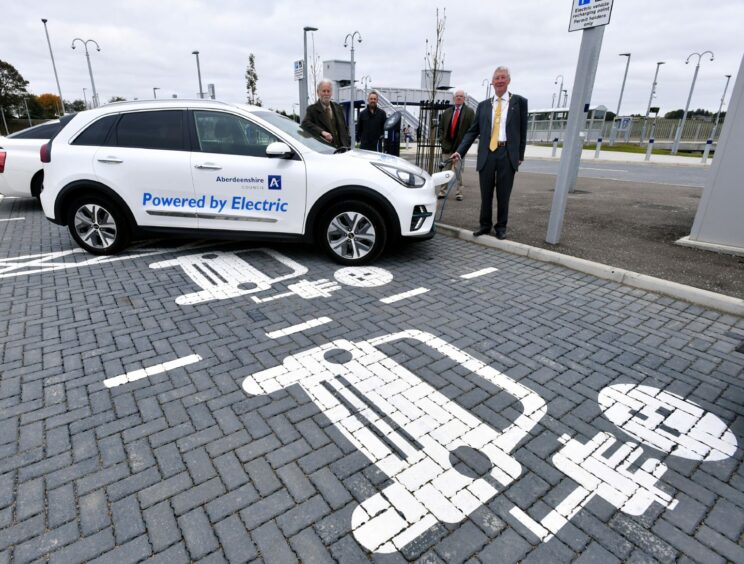
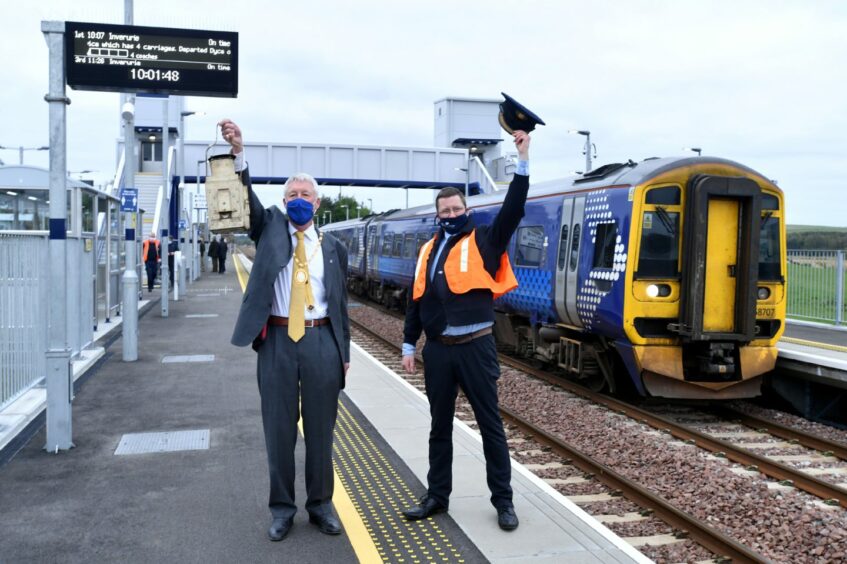
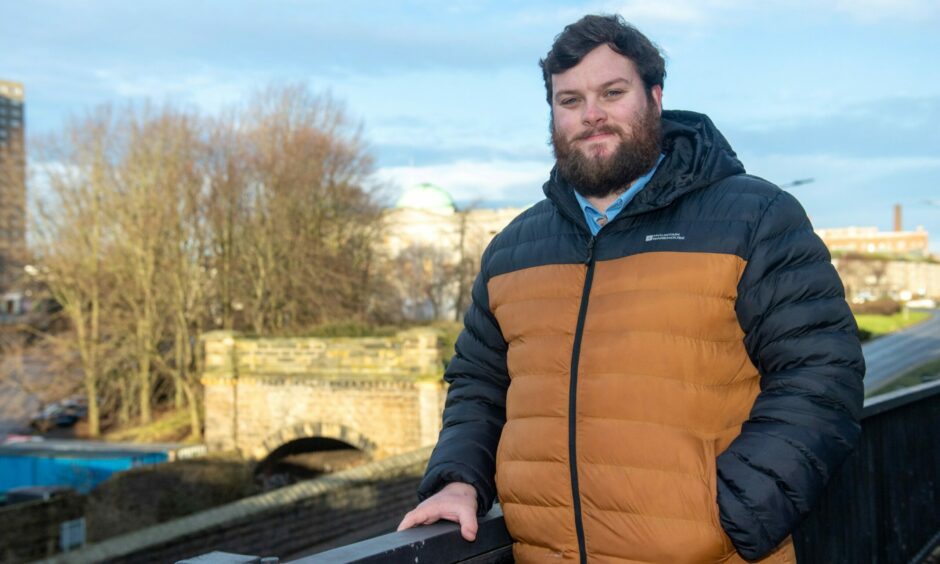
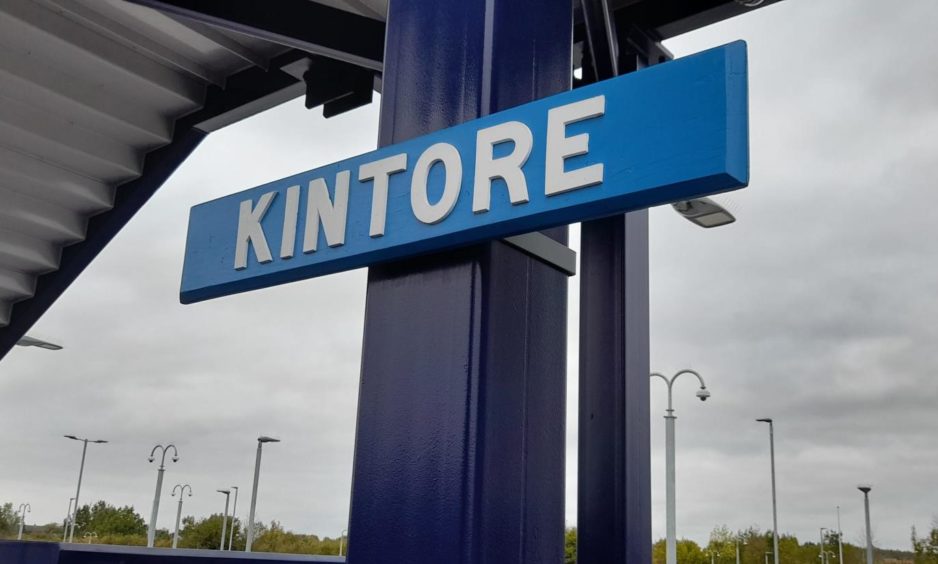
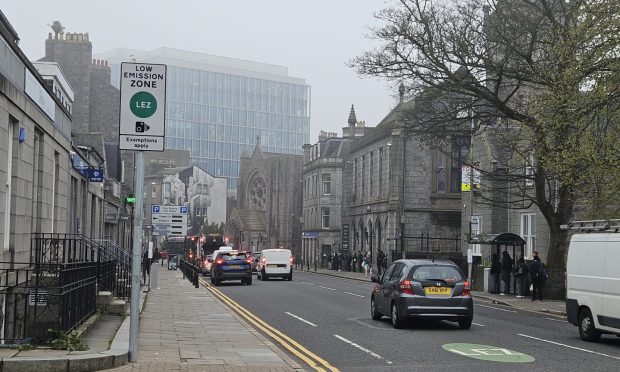
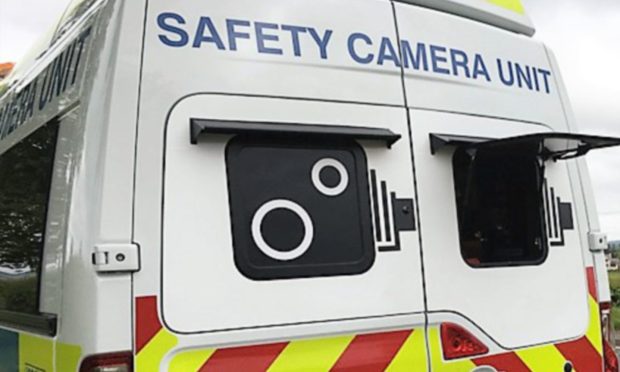








Conversation